Big cat rescues play a crucial role in wildlife conservation and animal welfare, offering sanctuary and recovery for these majestic creatures. The success stories of big cat rescues worldwide highlight the dedication and impact of organizations and individuals committed to preserving big cat species. In this article, we will explore various aspects of these success stories, from the challenges faced to the achievements celebrated globally.
The Importance of Big Cat Rescues
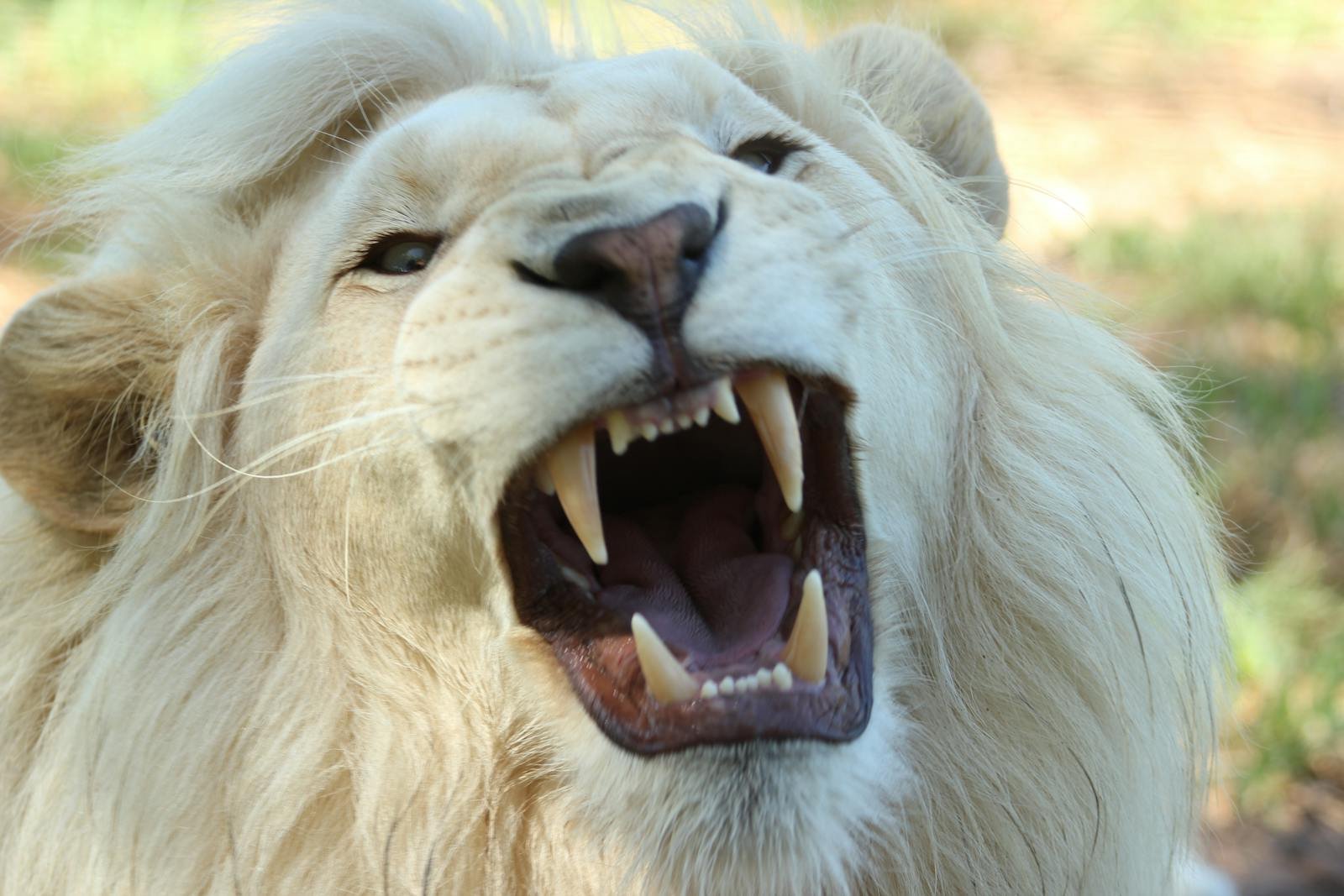
Big cats, including lions, tigers, leopards, and cheetahs, face numerous threats such as habitat loss, poaching, and illegal wildlife trade. Rescues provide a life-saving refuge for these animals, preserving biodiversity and stabilizing ecosystems. They also serve as educational platforms, raising awareness about conservation issues and promoting healthier interactions between humans and wildlife.
Pioneering Big Cat Rescues

Some of the earliest established big cat rescues have set the groundwork for modern conservation efforts. Organizations like the Big Cat Rescue in Florida and the Born Free Foundation have long been at the forefront of protecting big cats from mistreatment and captivity, utilizing their experience to influence worldwide rescue operations.
Transformative Legislation and Policy Influence
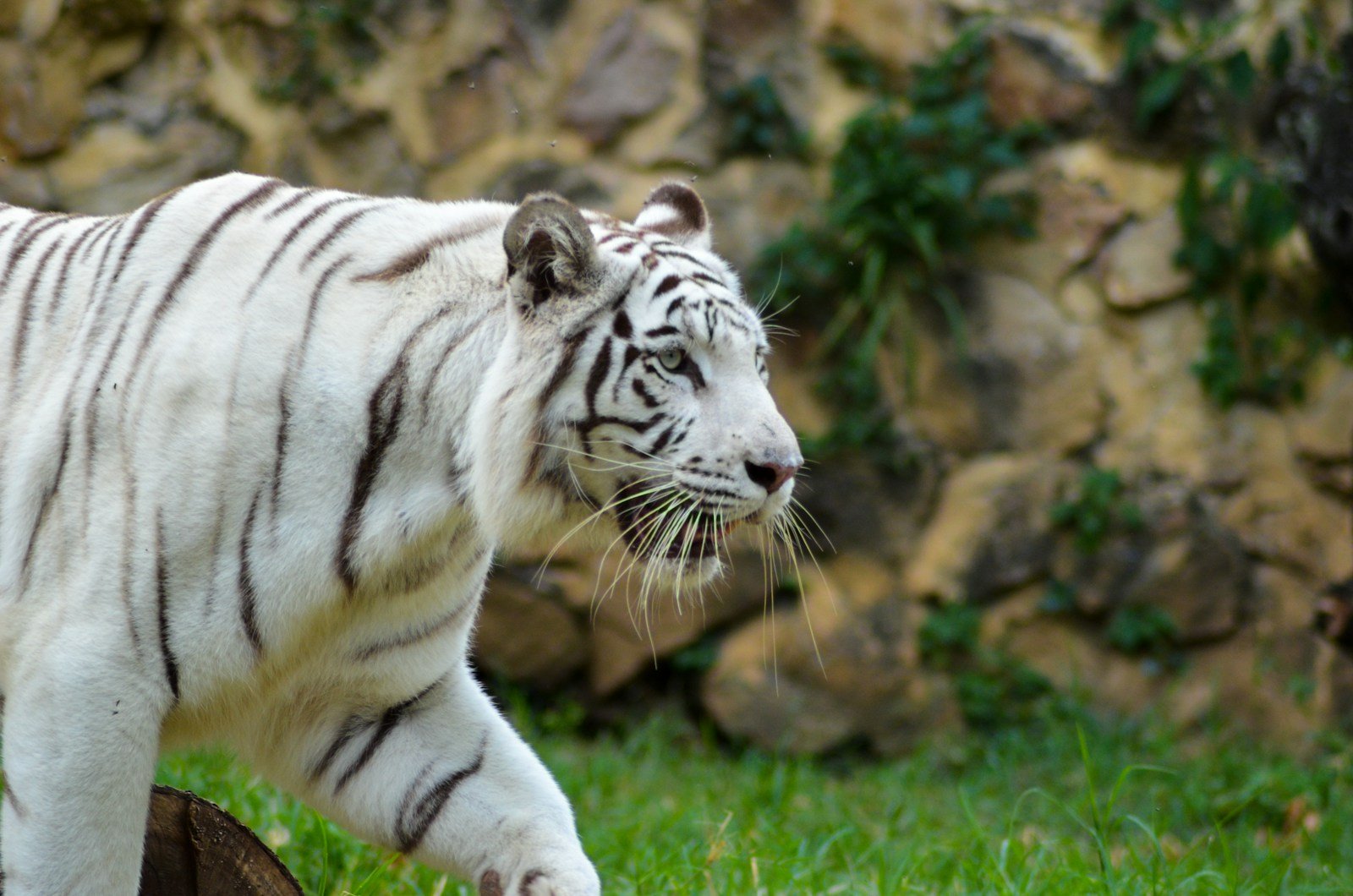
Successful rescues often influence legislative change, advocating for stronger laws to protect big cats. Initiatives such as the Big Cat Public Safety Act in the United States demonstrate the power of advocacy in implementing legal protections that prevent private ownership and exploitation of big cats.
Community Engagement and Education
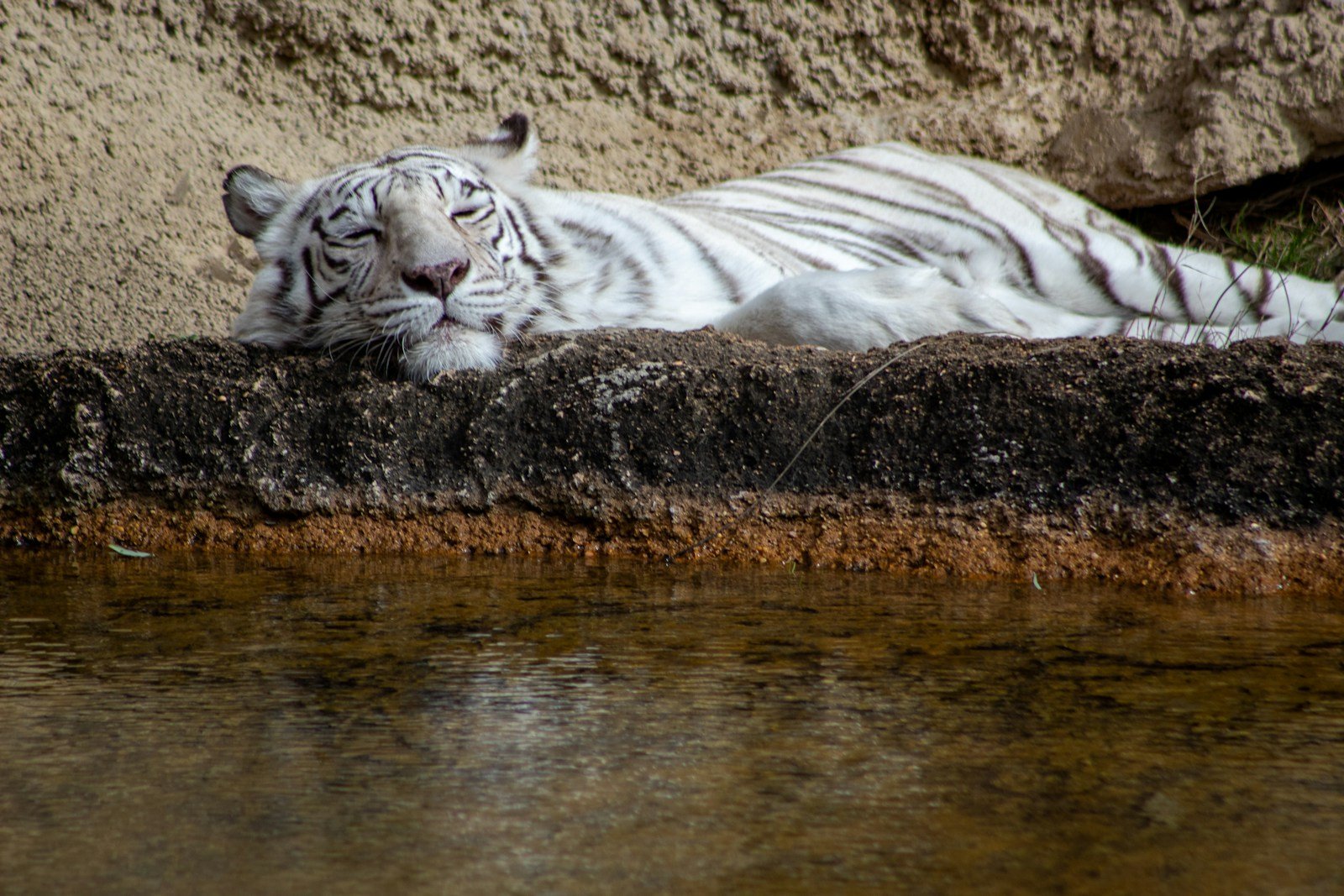
Rescues play a vital role in community education, fostering a deeper understanding of wildlife conservation. By engaging local communities through workshops, guided tours, and educational programs, rescues build a network of informed advocates and reduce the human-wildlife conflicts, promoting co-existence.
Innovative Conservation Strategies
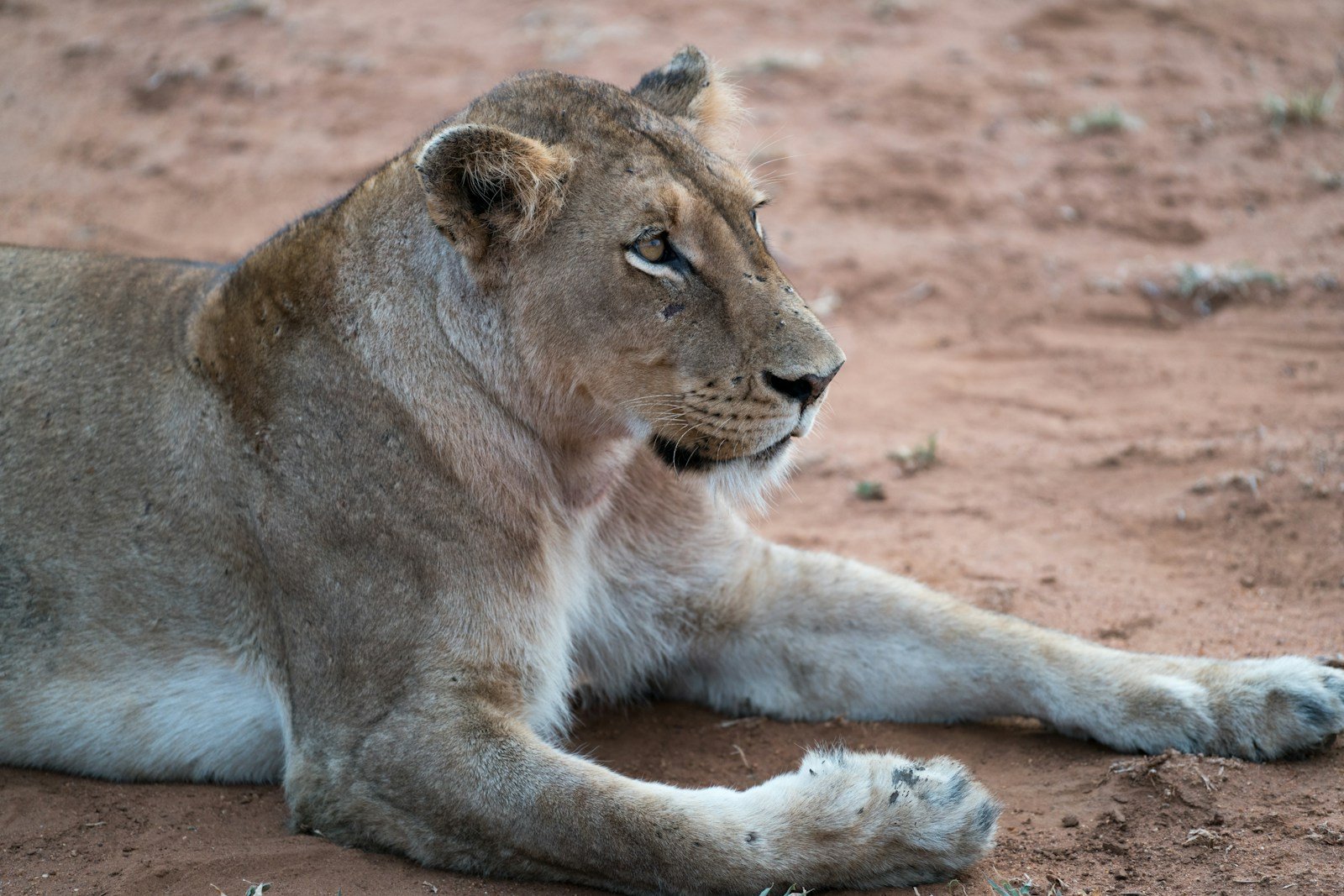
Many rescues employ innovative conservation strategies to ensure the long-term survival of big cats. Rewilding projects and genetic research are among the cutting-edge methods used to sustain wild populations and maintain genetic diversity. These approaches help boost population numbers while reinforcing the natural behaviors of big cats.
The Role of Technology in Rescues
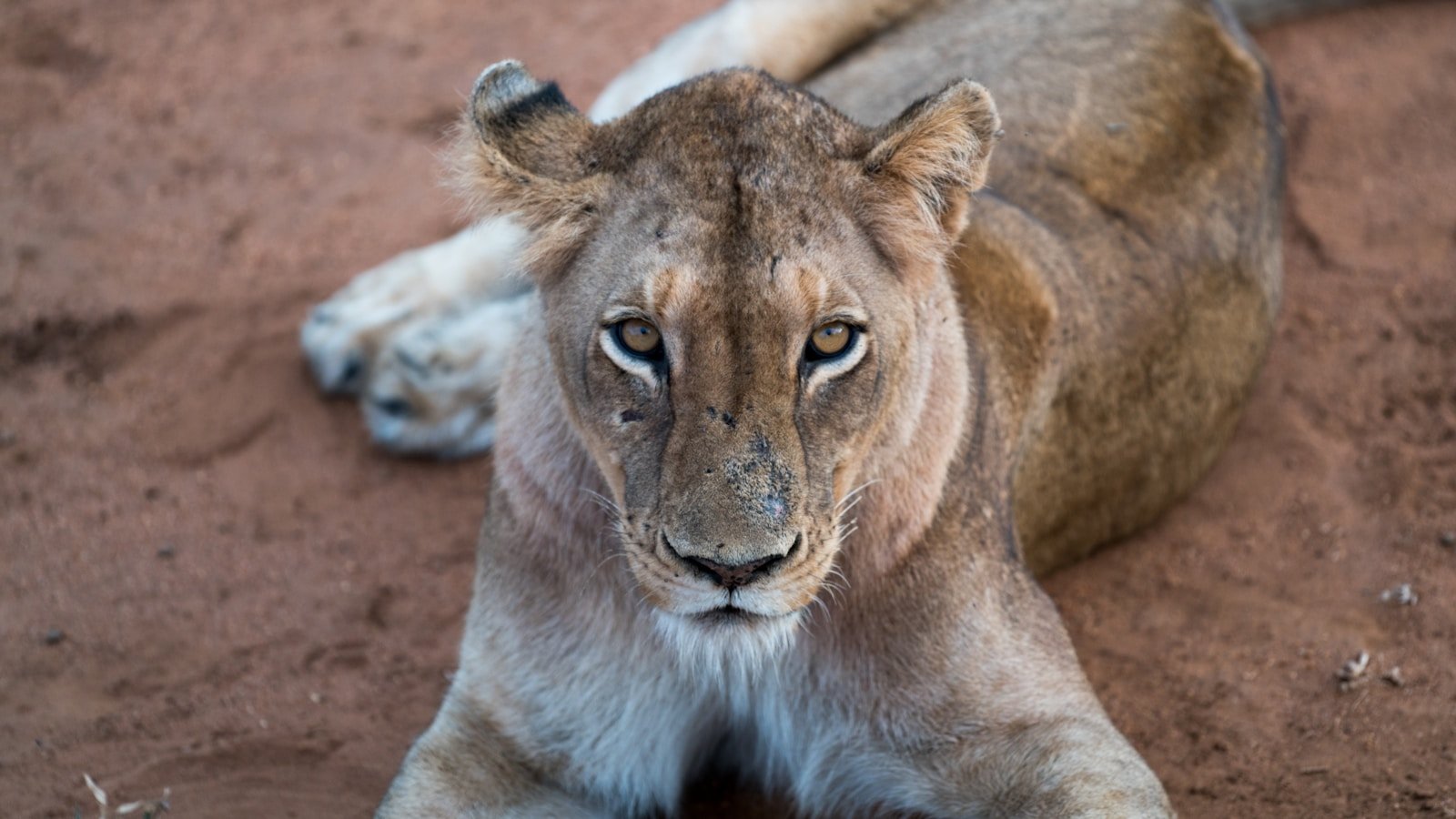
Advancements in technology have greatly enhanced the effectiveness of big cat rescues. Tools like GPS collars, drones, and camera traps allow for better monitoring and protection of big cats in the wild. Additionally, social media and digital platforms have amplified rescue efforts by reaching wider audiences for fundraising and awareness campaigns.
International Collaboration and Networks
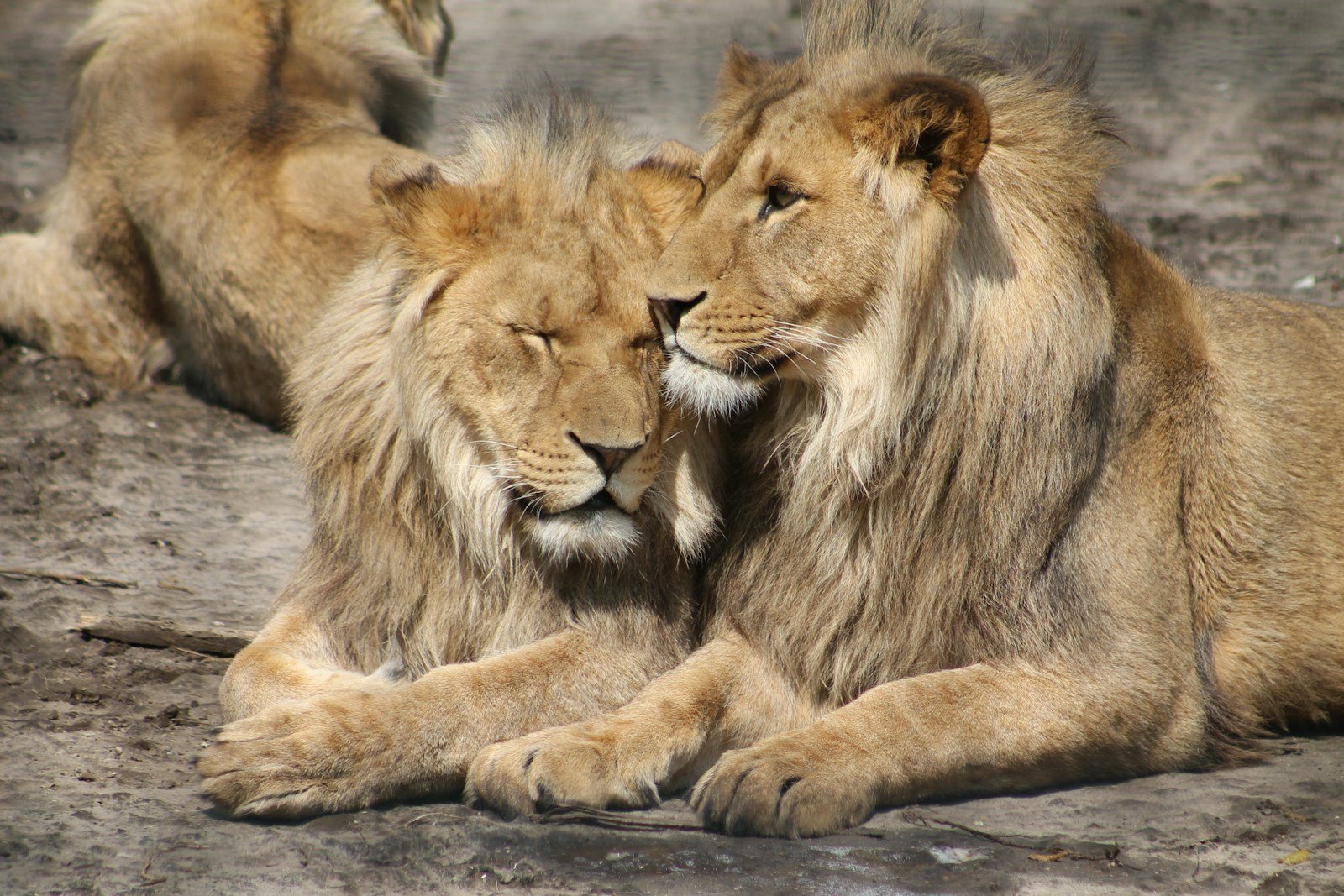
Global collaboration among big cat rescues and conservation organizations amplifies their impact. International networks like Panthera facilitate the sharing of resources, expertise, and data collection, leading to more cohesive and strategic conservation efforts. These partnerships are essential for tackling the transnational issues that big cats face.
Challenges in Big Cat Rescues
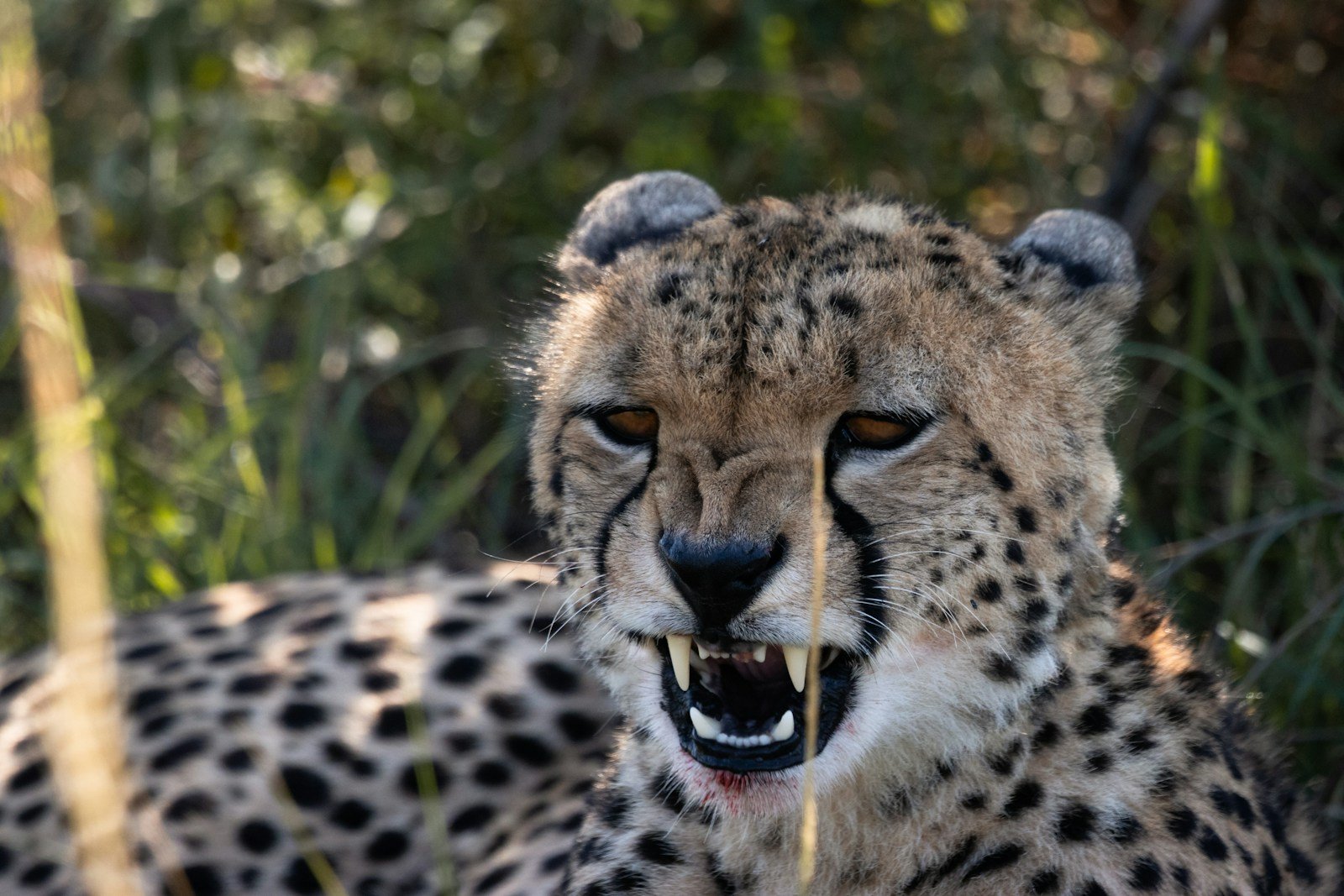
Despite their successes, big cat rescues face significant challenges such as funding constraints, habitat fragmentation, and human-wildlife conflict. These obstacles necessitate ongoing support from governments, NGOs, and the public to maintain and expand conservation efforts, ensuring the protection of these species.
Looking Towards the Future
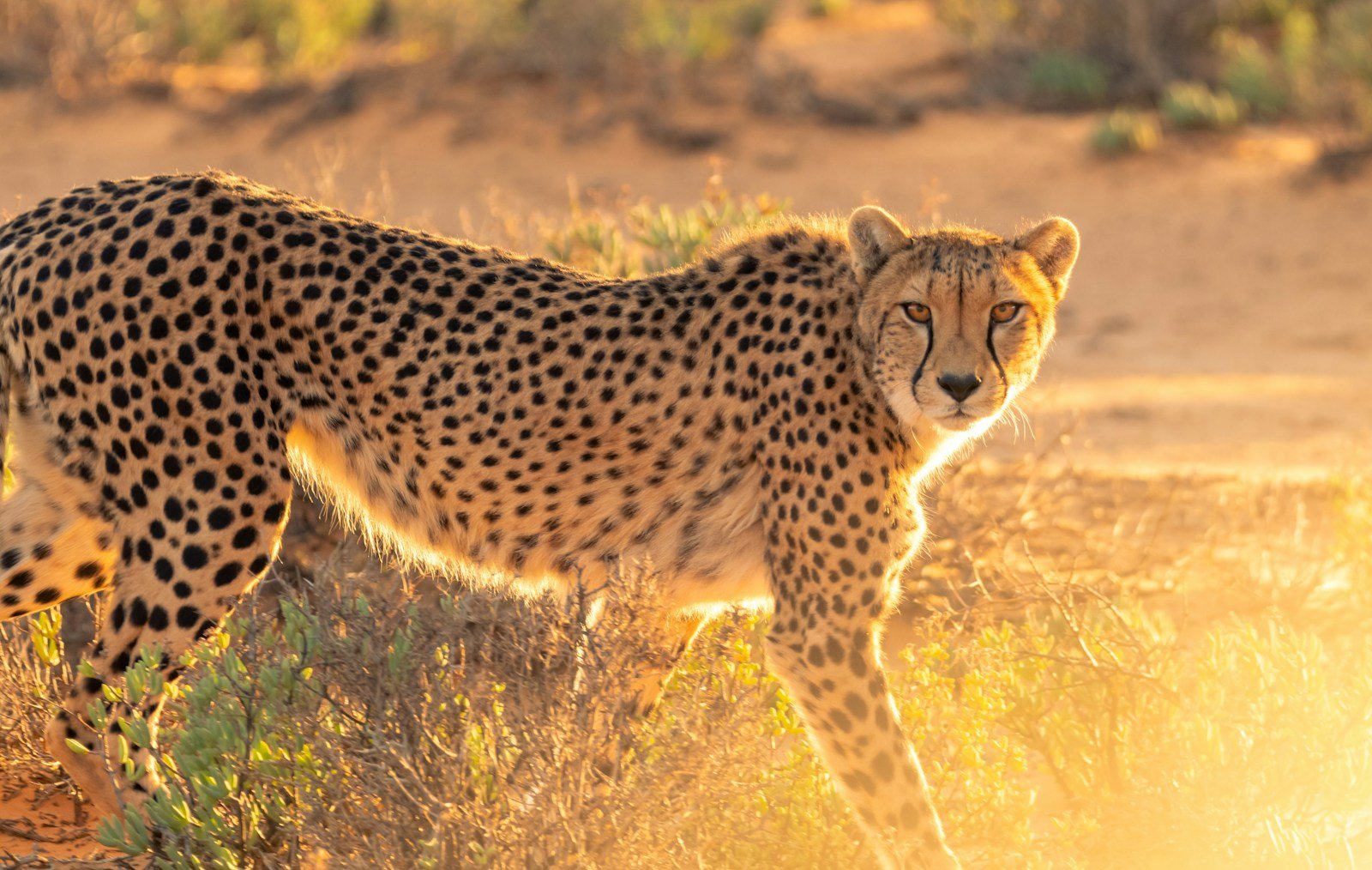
The future of big cat conservation relies heavily on the continued success of rescues worldwide. By expanding conservation efforts, leveraging technology, and fostering global cooperation, rescues continue to offer hope for big cats. The growing public interest and engagement signal a promising path forward in preserving these iconic creatures for generations to come.
Conclusion
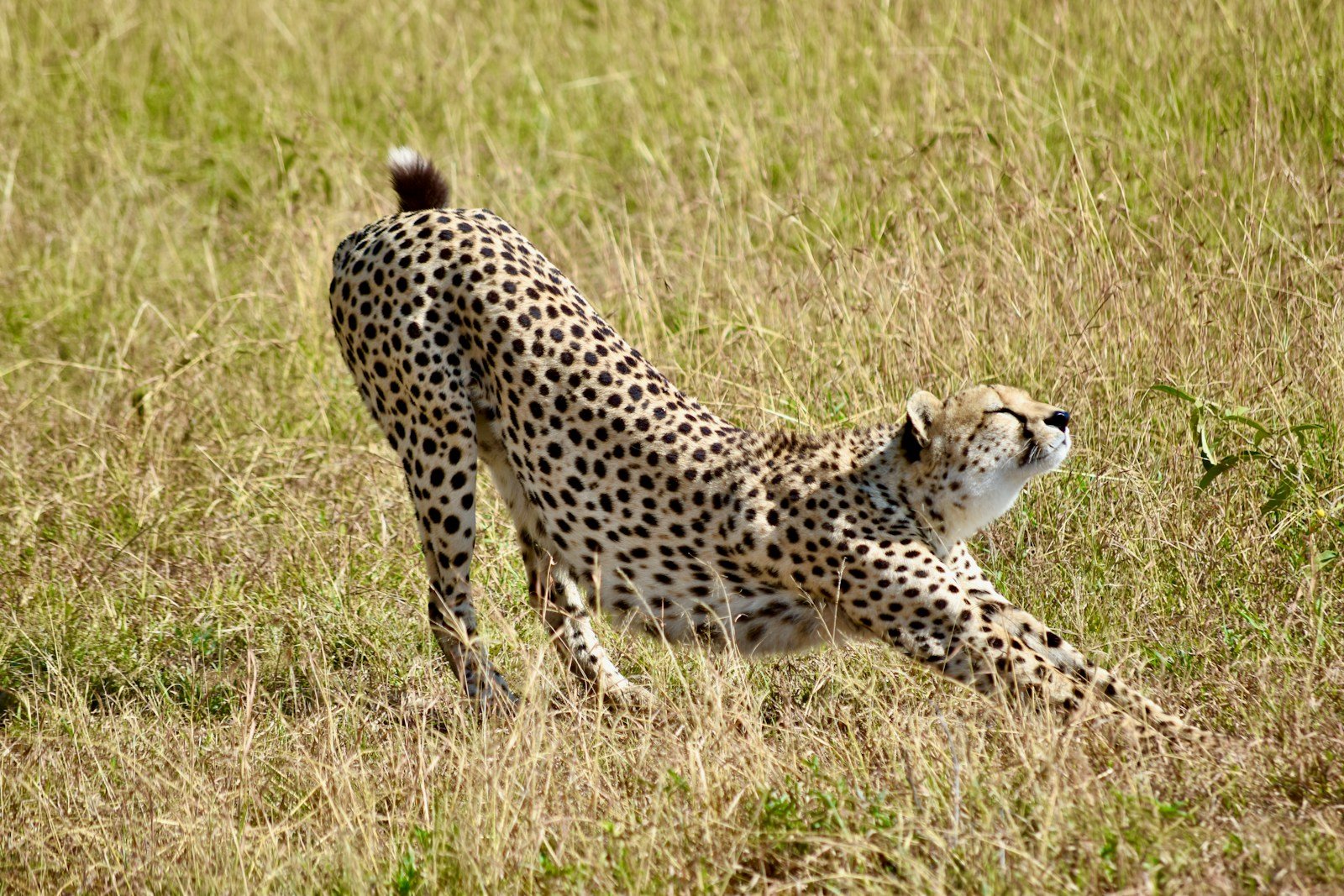
Big cat rescues worldwide are beacons of hope and action in the fight to conserve our planet’s biodiversity. Through their holistic approach encompassing legislation, education, technology, and international collaboration, they have achieved remarkable success stories that inspire ongoing efforts. Supporting these rescues is crucial as we strive towards a future where big cats not only survive but thrive in the wild.
Hi, I’m Bola, a passionate writer and creative strategist with a knack for crafting compelling content that educates, inspires, and connects. Over the years, I’ve honed my skills across various writing fields, including content creation, copywriting, online course development, and video scriptwriting.
When I’m not at my desk, you’ll find me exploring new ideas, reading books, or brainstorming creative ways to solve challenges. I believe that words have the power to transform, and I’m here to help you leverage that power for success.
Thanks for stopping by, Keep coming to this website to checkout new articles form me. You’d always love it!






